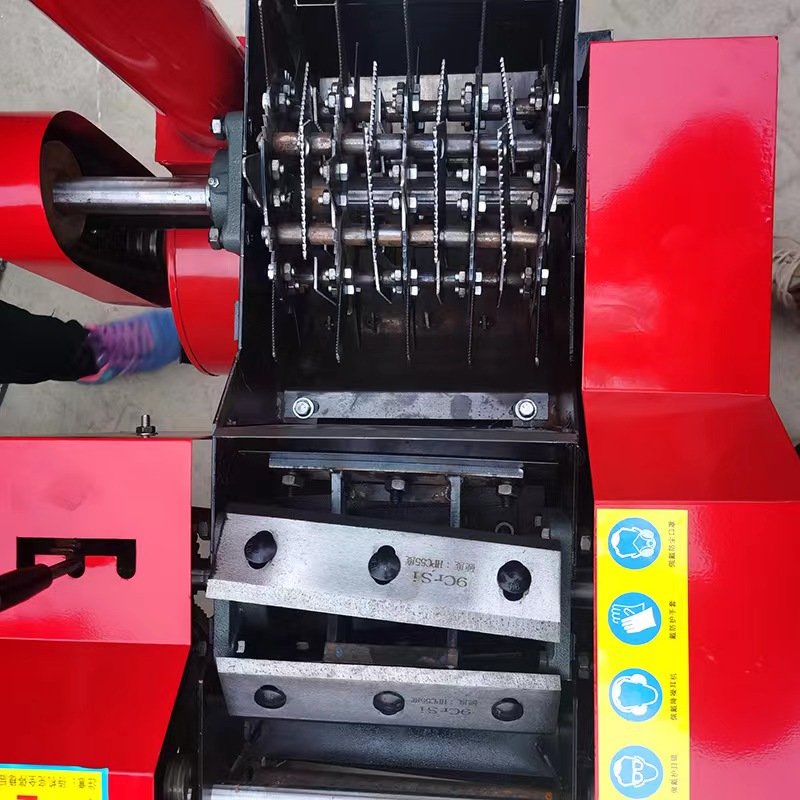evaporative pad cooling
Nov . 21, 2024 17:39 Back to list
evaporative pad cooling
The Concept and Benefits of Evaporative Pad Cooling
Evaporative pad cooling is an environmentally friendly and energy-efficient method of cooling air, which has gained popularity in various applications due to its effectiveness and sustainability. This innovative cooling technology provides a practical solution for homes, offices, greenhouses, and industrial facilities, particularly in hot and dry climates.
How Evaporative Cooling Works
The principle behind evaporative cooling is simple it utilizes the natural process of water evaporation to lower air temperature. The system typically consists of a fan, a water supply, and pads made of materials like cellulose, aspen, or synthetic fibers. When warm air is drawn through these moisture-saturated pads, the water evaporates, absorbing heat from the air and cooling it down before it is blown into the desired area. As the warm air passes through the pads, the water evaporates, which requires energy in the form of heat. This heat is drawn from the air, resulting in a significant drop in temperature.
The efficiency of evaporative cooling can be significantly heightened with the right maintenance and operating conditions. For optimal performance, the pads must be regularly cleaned and replaced to ensure adequate water absorption and minimize clogging. The design and orientation of the cooling system can also impact its efficiency. Systems that take advantage of outdoor air flow while minimizing indoor air leakage yield the best results.
Advantages of Evaporative Pad Cooling
1. Energy Efficiency One of the most significant advantages of evaporative cooling is its energy efficiency. Compared to conventional air conditioning systems, evaporative coolers typically consume much less electricity. They require only a fraction of the energy used by traditional compressors, resulting in lower utility bills and reduced environmental impact.
2. Environmental Benefits As a green cooling solution, evaporative cooling systems use water as the primary cooling agent, eliminating the need for harmful refrigerants typically found in air conditioning units. This makes evaporative cooling a more sustainable option, contributing to lower greenhouse gas emissions and a decreased carbon footprint.
evaporative pad cooling

3. Improved Indoor Air Quality Evaporative cooling promotes better indoor air quality compared to traditional air conditioning. As warm, dry air enters the cooling system, it gets humidified, creating a more comfortable atmosphere. Additionally, the constant flow of fresh air helps to dilute indoor air pollutants, allergens, and odors, resulting in a healthier living environment.
4. Cost-Effective Installation and Maintenance The initial installation costs for an evaporative cooling system tend to be lower than those of conventional HVAC systems. Their design is relatively simple, requiring fewer components and thus reducing installation complexity. Maintenance is generally straightforward and less expensive, as evaporative coolers do not have complex mechanical parts that require frequent servicing.
5. Adaptability and Versatility Evaporative cooling systems can be utilized in various settings. Whether it’s a residential home, a commercial building, or an agricultural greenhouse, these systems can be adapted to meet specific cooling needs. They are particularly beneficial in areas with low humidity, where the cooling effects of evaporation are most pronounced.
Applications in Various Industries
In agriculture, evaporative cooling is used extensively in greenhouse management to maintain optimal growing conditions for crops. By regulating temperatures and increasing humidity, growers can enhance plant health and productivity. In industrial settings, evaporative coolers help control ambient temperatures, improving worker comfort and reducing heat-related stress.
Moreover, the residential market has seen a rise in the adoption of evaporative cooling systems. Homeowners are increasingly seeking energy-efficient and cost-effective alternatives to traditional air conditioning systems, especially in regions where the climate supports evaporative cooling.
Conclusion
Evaporative pad cooling represents a remarkable shift towards sustainable and efficient cooling solutions. Its ability to reduce energy consumption, enhance air quality, and minimize environmental impact makes it an attractive option for various applications. As awareness around climate change and energy conservation grows, the adoption of evaporative cooling systems is likely to increase, paving the way for a greener and more sustainable future.
-
Hot Sale 24 & 18 Door Rabbit Cages - Premium Breeding Solutions
NewsJul.25,2025
-
Automatic Feeding Line System Pan Feeder Nipple Drinker - Anping County Yize Metal Products Co., Ltd.
NewsJul.21,2025
-
Automatic Feeding Line System Pan Feeder Nipple Drinker - Anping County Yize Metal Products Co., Ltd.
NewsJul.21,2025
-
Automatic Feeding Line System - Anping Yize | Precision & Nipple
NewsJul.21,2025
-
Automatic Feeding Line System - Anping Yize | Precision & Nipple
NewsJul.21,2025
-
Automatic Feeding Line System-Anping County Yize Metal Products Co., Ltd.|Efficient Feed Distribution&Customized Animal Farming Solutions
NewsJul.21,2025






